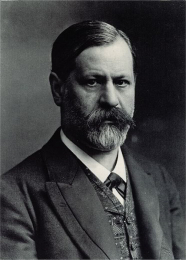
The Future of an Illusion (Deluxe Library Edition)
Versandkostenfrei!
Versandfertig in 1-2 Wochen
18,99 €
inkl. MwSt.

PAYBACK Punkte
9 °P sammeln!
First published in 1927, 'The Future of an Illusion' examines the roots of society and religion, written by Sigmund Freud, an Austrian neurologist and the founder of psychoanalysis, a clinical method for evaluating and treating pathologies in the psyche through dialogue between a patient and a psychoanalyst. This is Freud's best-known and most assertive psychoanalytic investigation of religion and is the fruition of a lifelong practice of reflection. Freud uses his understanding of psychology to examine the roots of both civilization and religion. This takes the form of a comprehensive essay, ...
First published in 1927, 'The Future of an Illusion' examines the roots of society and religion, written by Sigmund Freud, an Austrian neurologist and the founder of psychoanalysis, a clinical method for evaluating and treating pathologies in the psyche through dialogue between a patient and a psychoanalyst. This is Freud's best-known and most assertive psychoanalytic investigation of religion and is the fruition of a lifelong practice of reflection. Freud uses his understanding of psychology to examine the roots of both civilization and religion. This takes the form of a comprehensive essay, with Freud forming an argument throughout its chapters about the history of religion and the part it should play in society's future. Freud wrote a number of influential books that popularized his psychoanalytic theories, such as 'The Interpretation of Dreams' (1899) and 'The Ego and the Id' (1923). "Immorality, no less than morality, has at all times found support in religion." -Sigmund Freud, The Future of an Illusion















